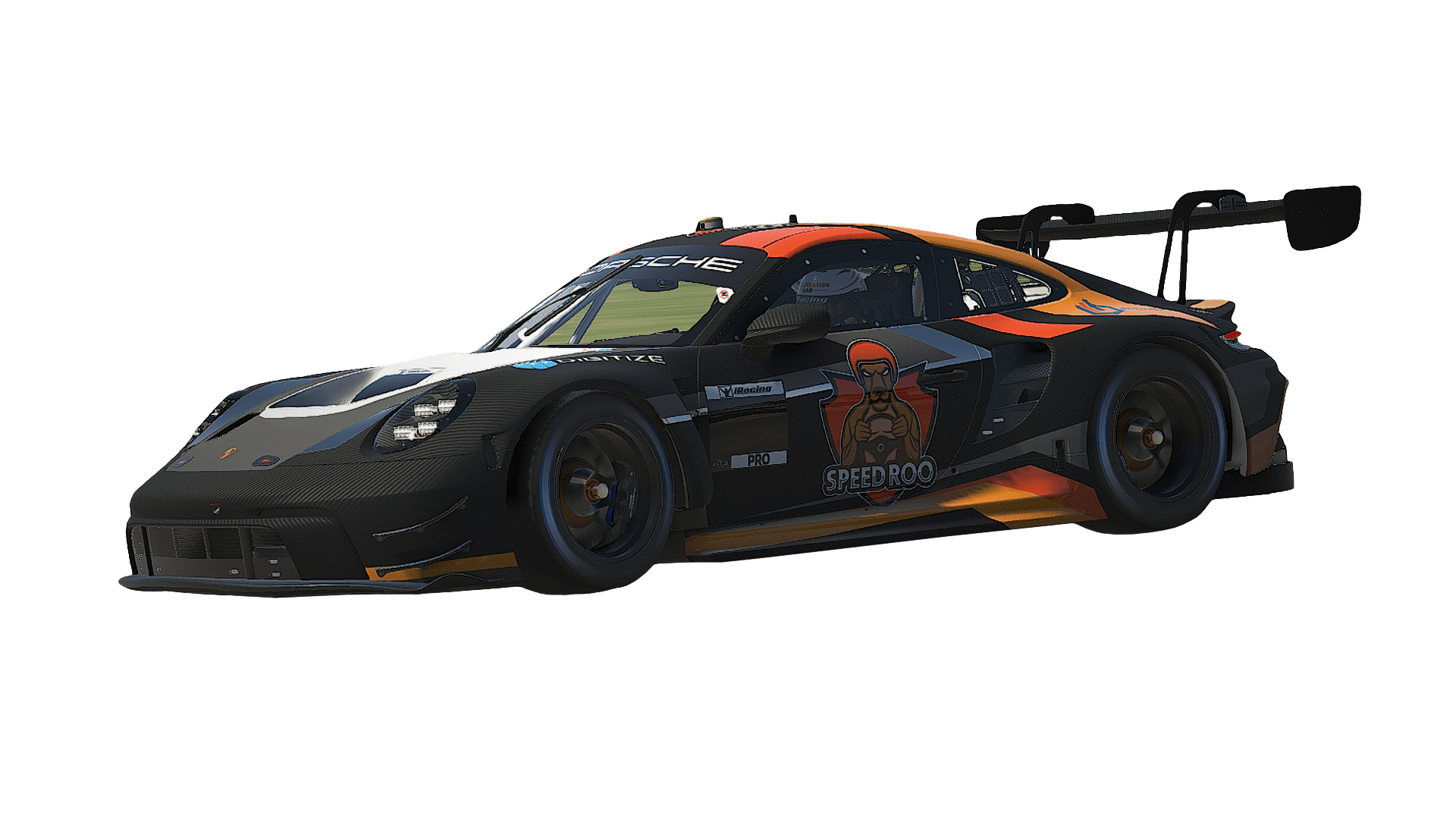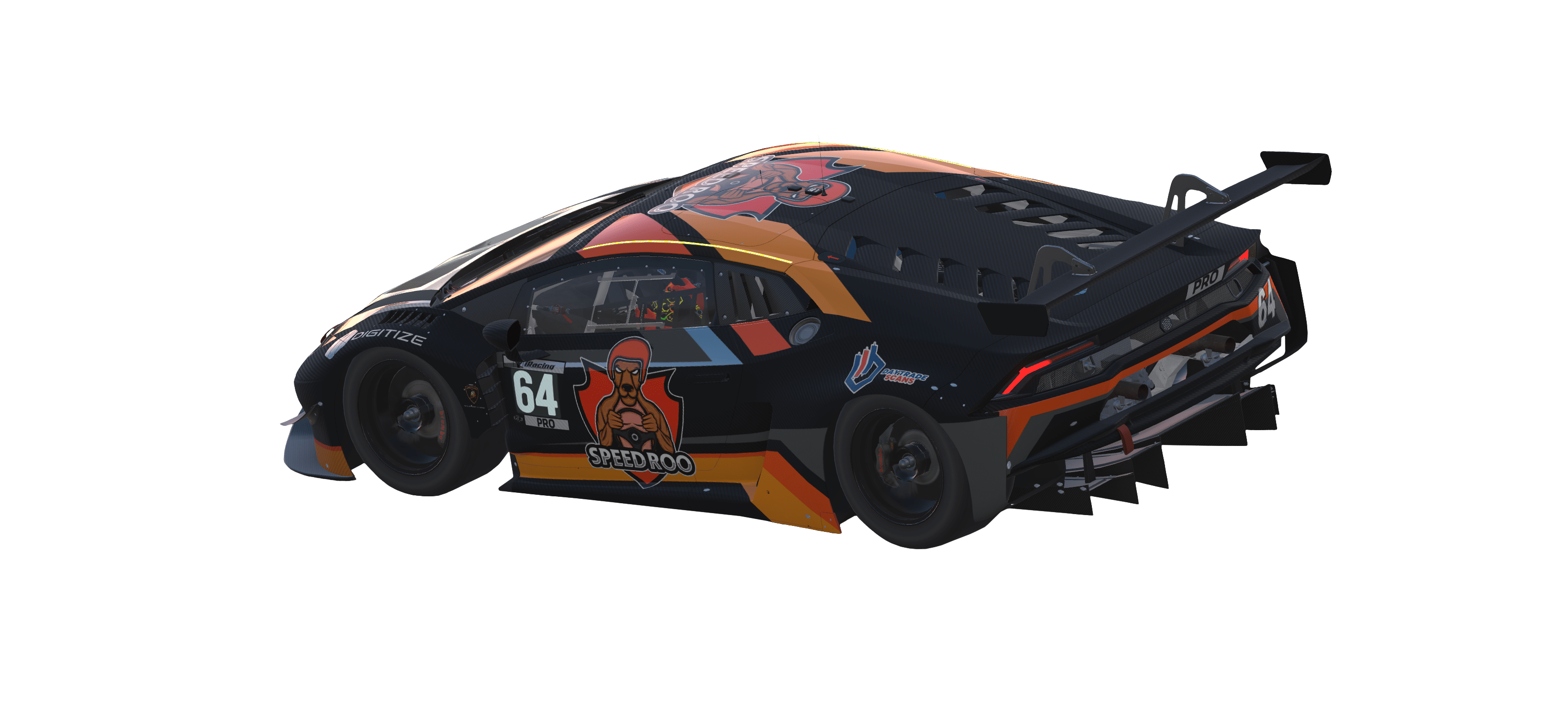Have you ever wondered how iRacing measures the safety of its drivers? Or have you been curious about what those letters and numbers next to your name in the iRacing interface mean? Well, wonder no more! In this blog post, we’ll dive into the world of iRacing Safety Ratings and break down what they mean and how they work.
Whether you’re a seasoned veteran or a newcomer to the platform, understanding your Safety Rating is crucial for improving your skills and competing at the highest level. So, let’s buckle up and explore the ins and outs of iRacing Safety Ratings together.
Understanding iRacing Safety Ratings: A Basic Overview
In iRacing, Safety Ratings, or SR, is a numerical score that represents a driver’s safety record. They range from 0.00 to 4.99, with higher ratings indicating safer, more consistent driving. This system operates on a dynamic and continuous scale, changing with every race based on your performance. It’s important to note that SR doesn’t measure speed or success, but focuses solely on safety.
It takes into account factors such as incident points, track difficulty, and the number of corners per incident. At the heart of the SR is a simple concept: the fewer incidents you have, the higher your rating will be.
The SR is divided into four license classes: Rookie, Class D, Class C, and Class B/A. Your license class dictates which events you can participate in, with higher classes unlocking more competitive and complex races.
This system not only incentivizes safe driving but also helps match racers with similar skill and safety levels, enhancing the overall racing experience. So, the next time you see that combination of letters and numbers, remember they’re not just arbitrary figures – they’re a reflection of your driving prowess on the iRacing platform!
The Impact of Incident Points on Safety Ratings
Incident points are one of the key metrics that affect your iRacing Safety Rating. As you race, the platform monitors your conduct on the track, and if you’re involved in an incident, it assigns points accordingly.
These are displayed on your screen during the race, appearing as numbers such as 2x or 4x. These numbers refer to the severity of the incident, with 2x usually indicating a minor incident and 4x denoting a major one. It’s important to note that the maximum penalty for a single incident is 4x. Several situations can negatively impact your Safety Rating, including car contact, losing control, or off-track excursions.
A comprehensive table of incident types and their point values can be found in the iRacing Sporting Code for a more detailed breakdown. Remember, the more incident points you accumulate during a race, the more negative your net Safety Rating will be.
Conversely, avoiding incidents will improve your Safety Rating. A crucial aspect of the incident point system is that incidents are evaluated individually for all drivers involved, regardless of who caused the incident.
This means that even if you are not at fault for an accident, your Safety Rating may still be affected. The system promotes responsible driving and mutual respect on the track, encouraging you to be proactive in avoiding incidents whenever possible.
License Classes and What Races You Can Get Into
As you climb the license classes in iRacing, a vast array of series within the Road discipline’s progression ladder unfolds. Starting off, you might dabble in simple GT-style or open-wheel series. As your license upgrades from Rookie to higher classes, more intricate and competitive series become accessible.
Each step up the ladder offers more variety, intensifying the thrill of the race. The beauty of this system? It consistently matches you with competition suitable to your skill and safety level, maximizing your iRacing experience.
A License
A License represents the pinnacle of road racing on iRacing, hosting elite events such as the iRacing Grand Prix Series and the European Sprint Series. These prestigious events, which are longer and more challenging than those at lower license levels, are designed to reward the very best drivers.
Participating in these series not only pushes your racing skills to the limit but also yields high rewards. With its intricate blend of competitive intensity and fulfilling triumphs, the A License class undoubtedly offers the most exhilarating road racing experience on the iRacing platform.
B License
The B License is where iRacing truly starts to specialize, offering an array of both open-wheel and GT/Prototype racing options. On the open-wheel side, options include the US Open Wheel B Dallara IR18 series, Dallara Formula iR series, Classic Lotus Grand Prix, and iRacing Formula 3.5 Championship.
For GT and Prototype enthusiasts, the Fanatec GT3 Challenge, VRS GT Sprint Series, IMSA iRacing Series, and LMP2 Prototype Challenge provide exciting racing environments. The B License is truly a step up in the iRacing world, opening the door to higher stakes and more intricate racing dynamics.
C License
The C-License unlocks a myriad of racing options for iRacers. From open-wheelers like the Grand Prix Legends series and the Dallara F3 series, to the mixed road and oval courses in the Indy Pro 2000 Championship. Variety abounds with the Supercars of Australia series, Radical Racing Challenge, Fanatec Advanced Mazda MX-5 Cup Series, Porsche Cup Series – Heusinkveld GT Challenge, IMSA Michelin Pilot Challenge, and Kamel GT Championship. Beyond these, C-License holders can test their stamina with endurance racing options, including the Creventic Endurance Series, VRS GT Endurance Series, and VRS Global Endurance Series.
D License
D-License offers a spectrum of racing classes, including open-wheel and tin-top series. Open-wheel enthusiasts can choose from the Cooper Tires USF 2000 Championship, Skip Barber Racing Series, and FIA Formula 4 Challenge. Tin-top racers can explore the Sim-Lab Production Car Challenge, Global Mazda MX-5 Cup Car, Toyota GR86, and Turn Racing Touring Car Challenge.
The iRacing Spec Racer Ford Challenge offers a unique racing experience. For GT-racing fans, options include BMW 12.0 Challenge, Ferrari GT3 Challenge, and Ruf GT3 Challenge. Sporadic endurance races like the BMW Sim GT Cup and Nürburgring Endurance Championship are also available.
Rookie
As a Rookie, your choices include the Formula Vee iRacing Series and the more popular Fanatec Global Mazda MX-5 Cup, favored for its simpler handling and forgiving nature. Both offer free circuits, providing ample track time.
The Global Mazda MX-5 Cup, the preferred choice for tin-top car enthusiasts, outranks the Formula Vee iRacing Series in popularity. However, don’t dismiss the latter without a test drive! The best way to determine your preference is by trying both series, remembering that each one is open to Rookie drivers. Remember, the Global Mazda MX-5 Cup offers an easier and more lenient driving experience.




